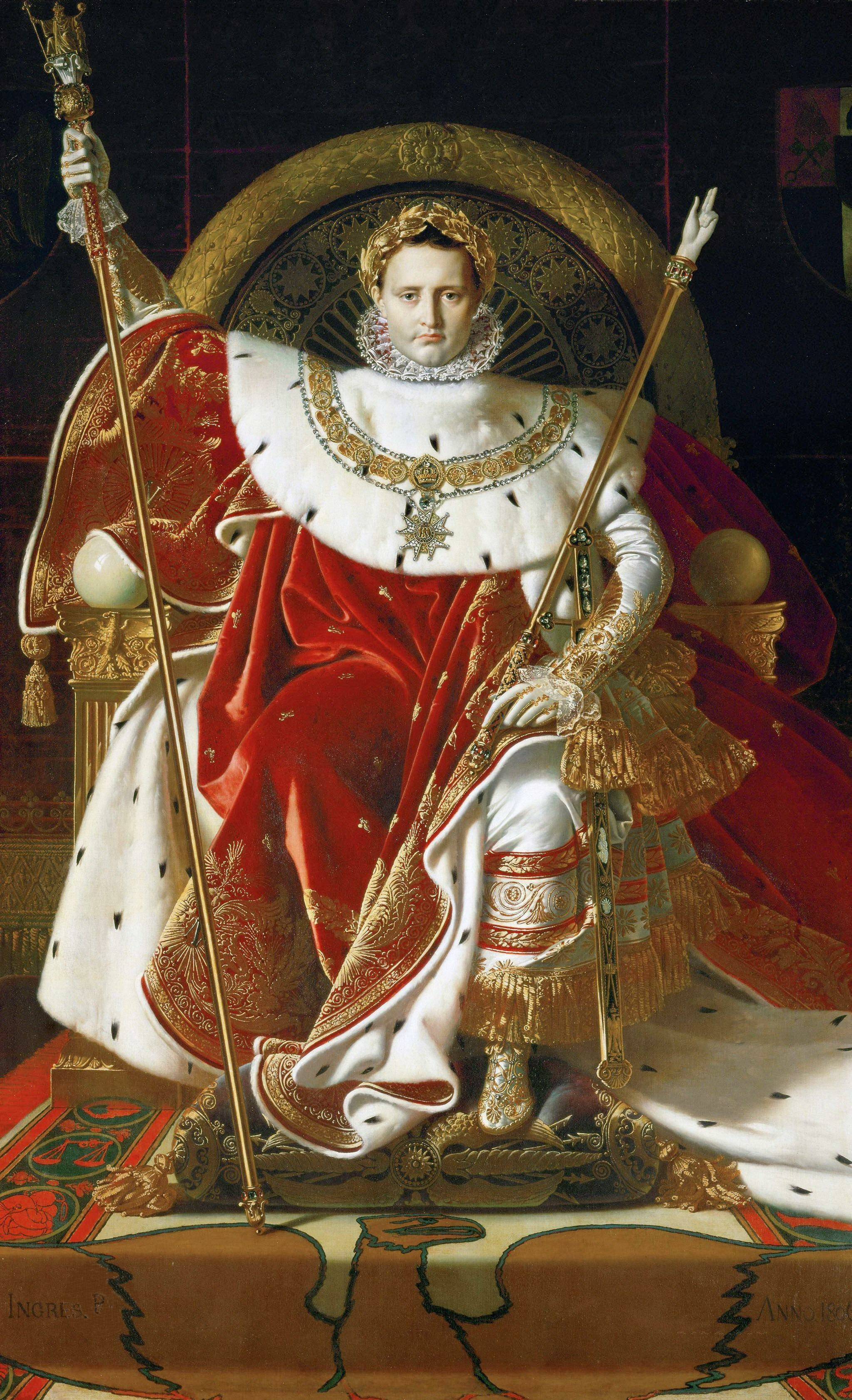She was married (miserably) at age 17 to save her family’s fortunes. She not only survived, but went on to create a new art form.
 |
|
Mary Delany (née Granville), date unknown, by John Opie, courtesy of the National Portrait Gallery, London
|
Mary Granville Delany was an eighteenth century English bluestocking. She survived an awful first marriage to become famous in later life as an artist.
Mary Granville grew up in the last years of the Stuart royal family. She had a traditional feminine education that would have served her well had her family’s ambition been manifested. That was that she would become a Maid of Honour to Anne, Queen Regnant of Great Britain. With Anne’s death in 1714 and the passing of the British throne to the Hanoverians, these aspirations came to naught.
 |
|
Passiflora laurifolia L., collage, by Mary Granville Delany, courtesy of the British Museum
|
Mary’s Tory family had backed the wrong horse. To compensate, she was married off at age 17 to an alcoholic Parliamentarian 43 years her senior. Her uncle’s grim hope was that when Alexander Pendarves died, Mary’s inheritance would compensate her for her misery.
Later, Mary wrote, “when I was led to the altar, I wished from my soul, I had been led, as Iphigenia was, to be sacrificed. I was sacrificed.” And upon his death seven years later, Mary found he’d left her nothing but a widow’s pension. He’d never bothered to rewrite his will.
 |
|
Pancratium maritimum L., collage, by Mary Granville Delany, courtesy of the British Museum
|
But he’d inadvertently left her something invaluable. Widows could move through society, unlike wives or unmarried women. Adept at the social arts, Mary became a traveling houseguest, landing eventually in the home of the Duchess of Portland. She was the wealthiest woman in England and a keen amateur botanist.
Mary had no shortage of suiters, but she wasn’t inclined to remarry. In 1743, however, she was proposed to by a man she’d known for over a decade. Dr. Patrick Delany was a widower, churchman and passionate botanist and gardener. But he was also a commoner. The Granvilles balked at the perceived misalliance. She married him anyway. It was a true love match.
Delany encouraged his wife in her artwork, which included painting, shell-work, paper-cuttingand needlework. They were happily married for 25 years. But at the age of 68, Mary Delany was again a widow.
 |
|
Rubus odoratus L., collage, by Mary Granville Delany, courtesy of the British Museum
|
She returned to her friend, now the Dowager Duchess of Portland, at Bulstrode Park, where the Duchess housed her enormous botany collection. It was there that Mary Delany met botanists Joseph Banks and Daniel Solander and where Mary developed the first collage in western art.
Decoupagewas fashionable among ladies of the court. Mary melded it with paper-cutting, designing what she called ‘paper mosaicks’ of flowers. She cut minute bits of colored tissue paper, using lighter and darker bits to make shadows. She stuck them on paper blackened with India ink. Each of her final pictures is comprised of hundreds of tiny pieces of paper.
Mary Delany became famous for these ‘paper mosaicks’, and scientists and donors began sending her samples to cut. Ultimately, she did over a thousand of them. They are now in the British Museum.
Mary Delany ended her life in a small cottage at Windsor with a pension from King George III and Queen Charlotte. Ironically, the Hanover dynasty which had ruined her fortunes as a young girl ended up supporting her as an old woman.
Mary Delany is a reminder that we need not be a slave to our past experiences. She rose past an abusive marriage into a life of creative freedom.








.jpg)